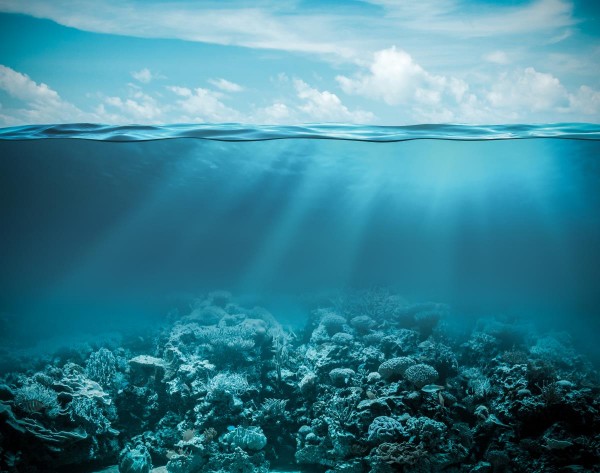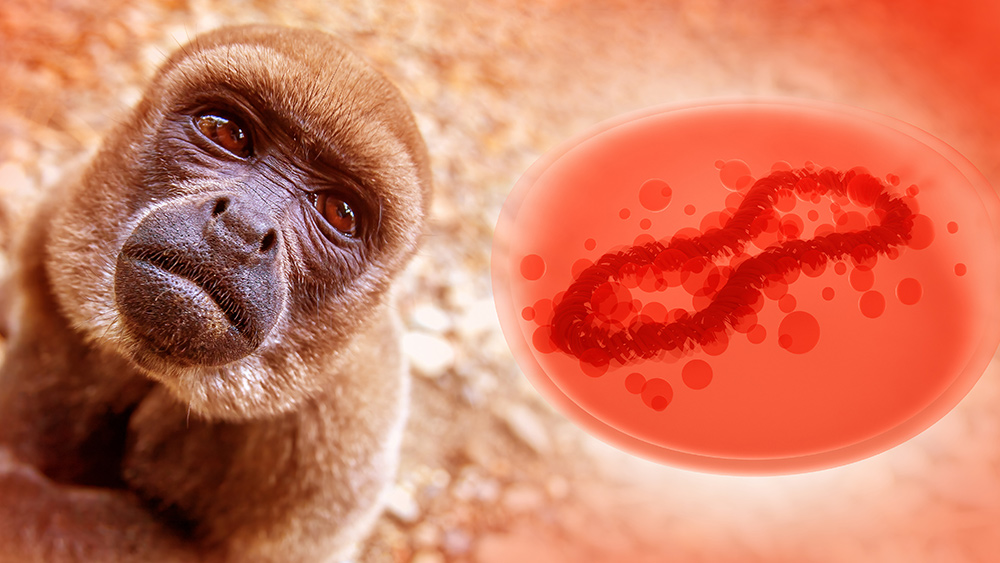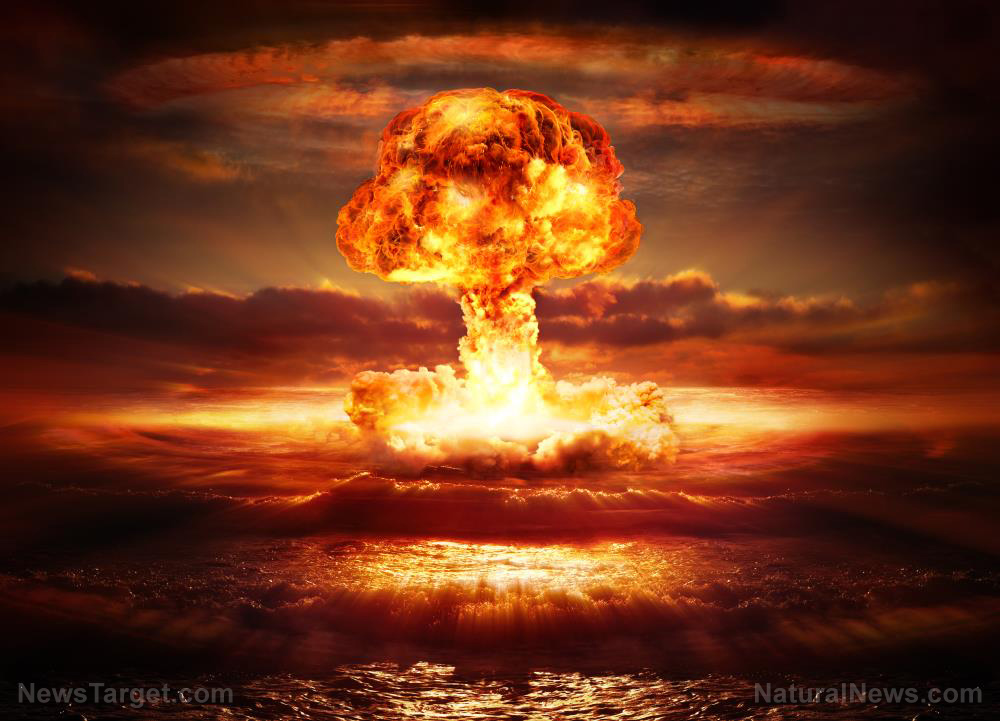Massive ocean DIE OFF foreshadows the era of global human population collapse
03/21/2017 / By Vicki Batts

The oceans of Earth have been home to countless creatures over the course of the planet’s lifetime. But the once-friendly bodies of water that stretch between continents have grown inhospitable for many of its former residents, and as such, an unprecedented amount of ocean life die-off is occurring.
The destruction of Earth’s oceans and the marine life that inhabits them is nothing short of devastating, and if the human race is not careful, we too may live to see our species’ light go out, so to speak. Indeed, a collapse of magnificent proportions could be on the horizon.
Dead ocean zones have been growing at a concerning pace for years. In 2015, dead zones reportedly accounted for 10 percent of the world’s ocean area, and that number is constantly on the rise.
Dead zones in the ocean refer to areas where the oxygen levels in the water have grown too depleted to support life. Agrochemical and fertilizer run-off, overfishing and the seeping of toxic heavy metals and radioactive material into the oceans all play a substantial role in the growth and proliferation of dead ocean zones.
In 2008, nearly the entire east and south coasts of the United States were littered with dead zones. And as Scientific American reports, in 2008, there were 405 known ocean dead zones worldwide — up from just 49 in the 1960s.
Sea floors have reportedly taken about 1,000 years to recover from past eras of low oxygen, and only a few dead zones are known to have had quick rebounds from the devastation it brings. The Black Sea, for instance, sprung back to life quite quickly after the collapse of the Soviet Union — which came with a substantial reduction in fertilizer run-off.
Fertilizer run-off is a significant problem in ocean waters. The chemicals may not be helping crops grow faster, but they do feed massive algae blooms on the water’s surface. As the blooms die and sink to the ocean floor, they are feasted upon by microbes — which take up oxygen in the process. And the more algae there is, the more oxygen is being taken up by microbes. In turn, this reduces the amount of oxygen available to other species. This results in the fleeing of fish, crustaceans and other mobile sea creatures. Those that are immobile, such as clams, are sadly left to succumb to the oxygen-deprived waters.
As the oxygen depletion continues, soon only microbes that are able to thrive in the low oxygen environment will survive. As they take over, they form expansive bacterial “mats” which are known for producing a toxic gas, hydrogen sulfide.
Marine biologist Robert Diaz explains, “The primary culprit in marine environments is nitrogen and, nowadays, the biggest contributor of nitrogen to marine systems is agriculture. It’s the same scenario all over the world.”
There are also substantial concerns about radioactive material killing off marine life, especially areas that have been given the kiss of death by the Fukushima nuclear power plant accident. Despite having occurred several years ago now, the environment is still reeling from the impact of the nuclear event — both on land and underwater.
A 2015 report revealed that the Pacific Ocean is turning into an underwater desert, devoid of life. The combination of agricultural wastes and other modern chemicals, along with the flush of radiation provided by Fukushima has taken a devastating toll on the Pacific’s once-vibrant waters. Mass die-offs of small seabirds and huge numbers of stranded sea lion pups continue to crop up along the United States’ Pacific coast. An unprecedented of juvenile Cassin’s auklets, for example, was reported in Washington state recently.
Radioactivity in the water could be at least one contributing factor to the massive amount of animal death being observed along the west coast. Radiation has been detected in plankton along the coastline, and radioactive debris has been found on the Pacific coast as well.
One thing is for sure: the world’s oceans are dying, and it’d be foolish to believe that whatever is killing marine life will not inevitably take its toll on land-dwelling creatures as well. While the effect may not be direct, it is certain we too will feel the effects of the ocean’s slow death.
Sources:
Submit a correction >>
Tagged Under:
Collapse, ocean and marine life
This article may contain statements that reflect the opinion of the author
RECENT NEWS & ARTICLES
COPYRIGHT © 2017 PROPHECY NEWS



















